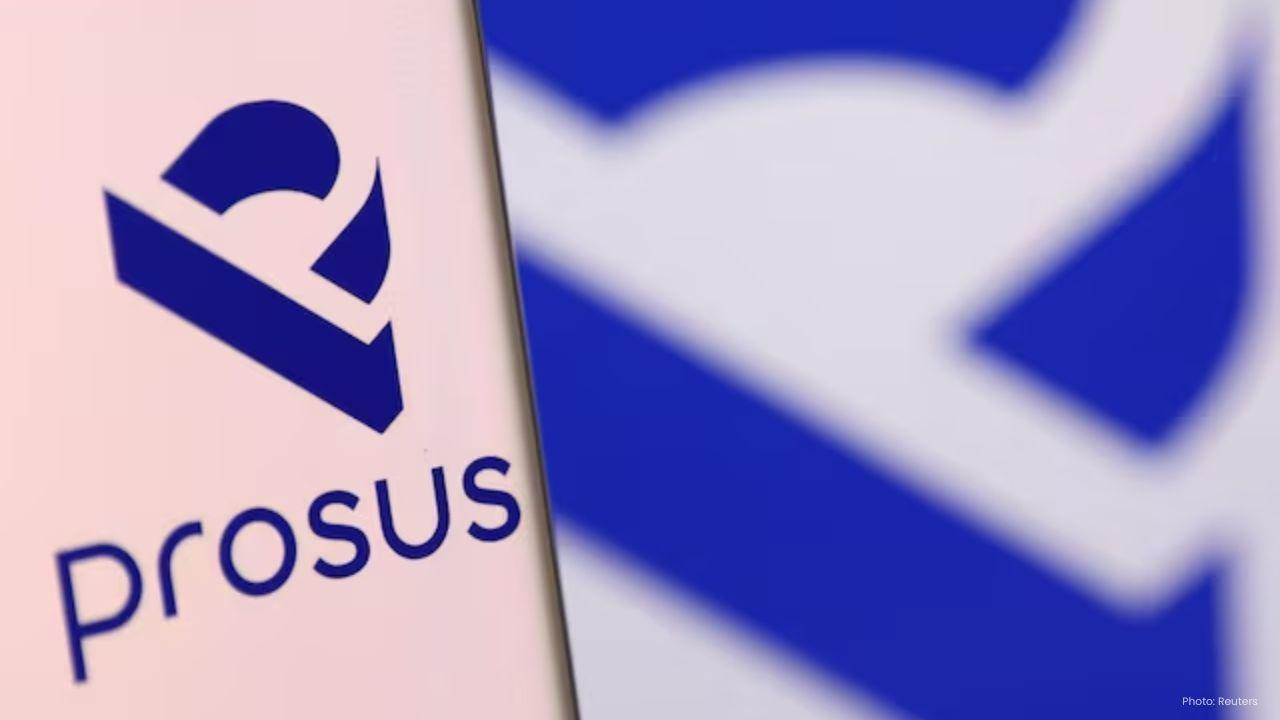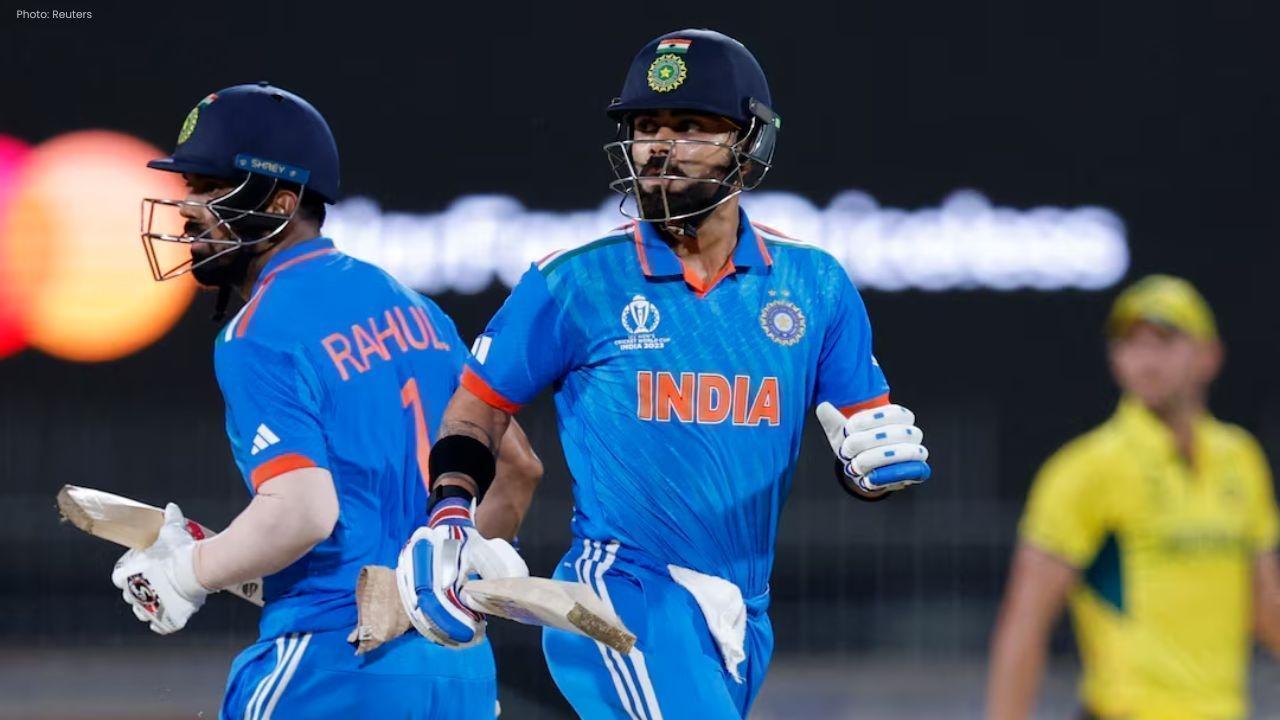
Join 10k+ people to get notified about new posts, news and tips.
Do not worry we don't spam!

Post by : Anis Farhan
For years, 5G technology felt like a luxury only the elite could access — a futuristic tool wrapped in glossy advertisements and four-digit price tags. But as we move deeper into 2025, the script has flipped. Budget 5G smartphones are now taking over the global market, not just as entry-level alternatives, but as serious, reliable devices used by the working class, students, small-town entrepreneurs, and everyday citizens looking to stay connected in a hyper-digital world.
These aren't just cheap phones slapped with a 5G label. They’re purpose-built machines designed to democratize speed, access, and digital efficiency — and they’re flying off the shelves. From Southeast Asia to Eastern Europe, these devices are quietly shaping how millions work, study, and live online.
Affordability Meets Necessity
With average smartphone prices steadily climbing over the years, a genuine gap had emerged in the market. Premium 5G models from Apple, Samsung, and even Google became out of reach for middle-income families across Asia and beyond. But as local brands like Xiaomi, Realme, Tecno, Infinix, and even Samsung’s M and A series started offering full-featured 5G phones under $200, consumer interest exploded.
It’s not just about having a new phone — it’s about accessing digital banking, telemedicine, video calling, job portals, and high-speed downloads. A device once seen as a luxury now sits at the heart of survival and convenience.
Government Push & Local Manufacturing
In countries like Indonesia, Malaysia, and the Philippines, government policies encouraging local manufacturing and import subsidies for digital devices have helped flood the market with affordable models. In India, the Production Linked Incentive (PLI) scheme had a similar effect, pushing companies to make more for less.
These incentives, coupled with wider 5G rollout across urban and semi-urban regions, created a perfect storm: high demand, low cost, and a ready market eager to buy.
Students in Tier 2 & Tier 3 Cities
For students living in smaller towns or studying online through hybrid university models, budget 5G phones provide a lifeline. Whether it’s attending virtual lectures, downloading research PDFs, or joining international webinars, the faster connectivity ensures smoother academic engagement. Many of these devices now support extended RAM, decent processors like MediaTek Dimensity or Snapdragon 4 Gen series, and come with long-lasting batteries — all tailored to young learners’ needs.
Delivery Executives, Gig Workers & Small Traders
Gig economy workers rely heavily on mobile data. Delivery apps, ride-hailing, inventory logging, and real-time maps consume huge amounts of bandwidth. Budget 5G phones reduce loading times, improve GPS performance, and allow workers to multitask on the go without the typical lag found in older 4G models.
Women Re-entering the Workforce Online
From online tutoring and freelancing to small Instagram-based businesses, more women in semi-urban and rural areas are returning to work — virtually. Affordable 5G phones empower them with better video quality, seamless payments via UPI and QR codes, and customer communication, all from their palm.
The Elderly & Healthcare Access
With telehealth services becoming more common, older individuals are also turning to budget 5G devices. Whether for online checkups, ordering medication, or simply keeping in touch with children abroad, the fast and affordable connectivity makes these devices indispensable.
Unlike previous low-end phones, today’s affordable 5G devices are genuinely usable. Many models offer:
6.5” HD+ displays with eye protection for extended use
50MP dual or triple rear cameras capable of capturing clear, vibrant images
Side-mounted or in-display fingerprint sensors
UFS 2.2 storage and LPDDR4X RAM, ensuring lag-free performance
Large batteries (5000mAh to 6000mAh) with fast-charging support
Models like the Realme Narzo N55, Samsung Galaxy M14 5G, Poco M6 5G, and Lava Blaze 5G have become go-to choices for those who want performance without overspending. Tecno and Infinix are especially popular in Africa and parts of Southeast Asia, while Motorola’s G series is making inroads in Latin America.
There’s a psychological shift happening too. Earlier, owning the latest flagship phone was a status symbol. Today, practicality rules. People are asking: “Does it do what I need it to do?” More and more, the answer with budget 5G phones is a confident yes.
Even urban users who used to cycle through premium models yearly are now settling for affordable alternatives and investing the rest of their budget in experiences, education, or savings. In a world facing inflation and economic uncertainty, frugal spending is back in fashion — and it’s being led by tech-savvy, cost-conscious consumers.
Premium Brands Feeling the Heat
While Apple and Samsung still dominate in terms of profit margins, their shipment volumes are facing challenges. According to Counterpoint Research and IDC, mid-range and budget phones are now driving global growth in the smartphone sector. In markets like Vietnam, Bangladesh, and Nigeria, sub-$250 phones account for nearly 70% of all smartphone sales.
Increased Competition = Better Quality
To stand out in the budget space, brands are pushing innovation like never before. AI-powered cameras, 90Hz refresh rates, bloatware-free UI — features once reserved for the upper class — are now within reach of school kids, freelancers, and blue-collar workers. This democratization is forcing the industry to lift its overall quality benchmarks.
Tariq, 27, Delivery Executive – Jakarta, Indonesia
“I was using a 4G phone that would hang every time I switched apps. Now I use a Redmi 12 5G, and I can manage my Grab orders, listen to music, and message my wife all at once. I paid just IDR 2.3 million, and it's been worth every cent.”
Asha, 41, Home Baker – Kuala Lumpur, Malaysia
“I started selling cakes from home on Instagram during the pandemic. My Infinix 5G phone lets me take great photos, handle WhatsApp orders, and even join Zoom workshops without lag. I’ve grown my customer base without a laptop.”
Ramesh, 19, College Student – Sri Lanka
“My family couldn’t afford an iPhone, but we got a Lava Blaze 5G for me. I use it for online classes, watching tutorials, and sometimes gaming too. It’s smooth, and I’ve never felt left behind.”
Not Quite. Here’s What to Watch Out For:
Software Updates: Budget phones often get delayed or no Android updates, which can lead to security risks.
Durability Concerns: Plastic builds and average screens may not survive heavy use without protection.
Pre-installed Apps: Some brands overload phones with bloatware that can’t be uninstalled.
Limited After-Sales Support: Lesser-known brands may not have reliable service centers.
Still, the trade-off between price and performance continues to improve — and users are getting smarter about what to expect and how to optimize their devices.
As 5G networks continue expanding — even to remote corners of countries — and as tech brands compete for the next billion users, the rise of budget 5G phones isn’t just a trend. It’s a structural shift in how the world accesses the internet.
Expect even lower price points, modular upgrades, subscription-based phone rentals, and ecosystem bundles (like pairing with budget earbuds or watches) to define the next stage of affordable mobile tech.
This new generation of users doesn’t just want speed — they want value, reliability, and inclusion. And budget 5G phones are delivering all three.
This article is intended for general informational purposes only and does not endorse any specific smartphone brands. Product availability and features may vary by region. Readers are advised to conduct their own research before making purchasing decisions.










Paramount+ to Stream PBR’s 'Unleash the Beast' in New Five-Year Deal
Paramount+ will stream PBR’s 'Unleash the Beast' across the U.S. starting this December under a five

Zohran Mamdani Clinches NYC Mayoral Seat as Victory Speech Blends Politics and Bollywood
Zohran Mamdani won New York City's mayoral race, becoming the city's first Muslim and South Asian ma

India Wins First Women’s World Cup 2025 Title
India lifts its maiden Women’s World Cup 2025 title! Harmanpreet Kaur’s team stuns South Africa in a

Manuel Frederick, 1972 Olympic Bronze Goalkeeper, Dies at 78
Manuel Frederick, a member of India’s 1972 Olympic bronze hockey team, has died in Bengaluru at 78 a

Muhammad Hamza Raja Wins IFBB Pro Card Puts Pakistan & UAE on Global Stage
Pakistani bodybuilder Muhammad Hamza Raja earns IFBB Pro Card in Czech Republic, showcasing Dubai’s

Shreyas Iyer’s Recovery Underway After Spleen Laceration in Sydney ODI
Shreyas Iyer is recovering after a spleen laceration sustained while taking a catch in the Sydney OD